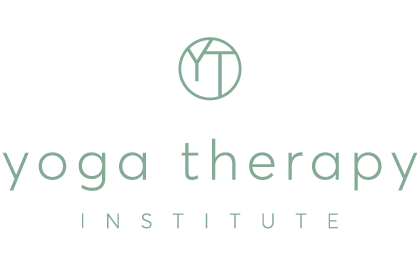| One of experiential guidelines that you can use in your work, is to “welcome” and “listen” to what your client/student is presenting. This then enables them to feel empowered and connected to themselves, so they feel deeply seen, heard, acknowledged and authentic in their expressions, on every step of their journey of healing and awakening. “Welcoming” is a core concept within the iRest Yoga Nidra® protocol. According to world-renowned yoga teacher and iRest founder, Richard Miller PhD, “Welcoming is important because refusing to be with anything that is confusing, disorienting, overwhelming or threatening results in self-defeating behaviours and patterns.” Welcoming doesn’t mean you have to like what arises, only that you are prepared to meet it with an open mind and heart. Think of welcoming like receiving a visitor to your home that you really don’t like, but you invite them in anyway. After welcoming their presence, what do you do with these sensations, emotions or thoughts? One way of meeting emerging material is to work with the opposite of whatever arises. Opposites can be explored when unpleasant things arise – like finding joy if sadness is present. Miller says “opposites such as sorrow and joy, anger and equanimity, and shame and potency are often viewed as incompatible. But ultimately, as true healing unfolds, all polarities are realised to be complementary opposites along a continuum of wholeness.” You can also work with opposites by deliberately seeking out the opposite of things you might normally find pleasant. Working with the more ‘unpleasant’ opposite helps you to desensitise or habituate. So, if you have already experienced something challenging in self-inquiry, when it arises in real life you are already familiar with it and have previously explored coping strategies on which to draw. It’s important to remember that in iRest you are working with somatic expressions of an experience rather than the experience itself. This is because it is your somatic reaction that makes something pleasant, unpleasant or neutral, rather than the thing itself. Working with somatic inquiry also helps to de-personalise what has arisen and takes you away from just repeating the stories associated it which usually don’t resolve anything. In the development of the iRest protocol Richard Miller drew on the art and science of yoga and psychology, and brought together elements including Yoga Nidra, meditation, relaxation, and mindfulness. The result is an amazingly powerful tool for yoga therapists and their clients. |
‘Welcoming’: An Amazingly Powerful Tool for Yoga Therapists
One of experiential guidelines that you can use in your work, is to "welcome" and "listen" to what your client/student is presenting. This then enables them to feel empowered and connected to themselves, so they feel deeply seen, heard, acknowledged and authentic in their expressions, on every step of their journey of healing and awakening.
